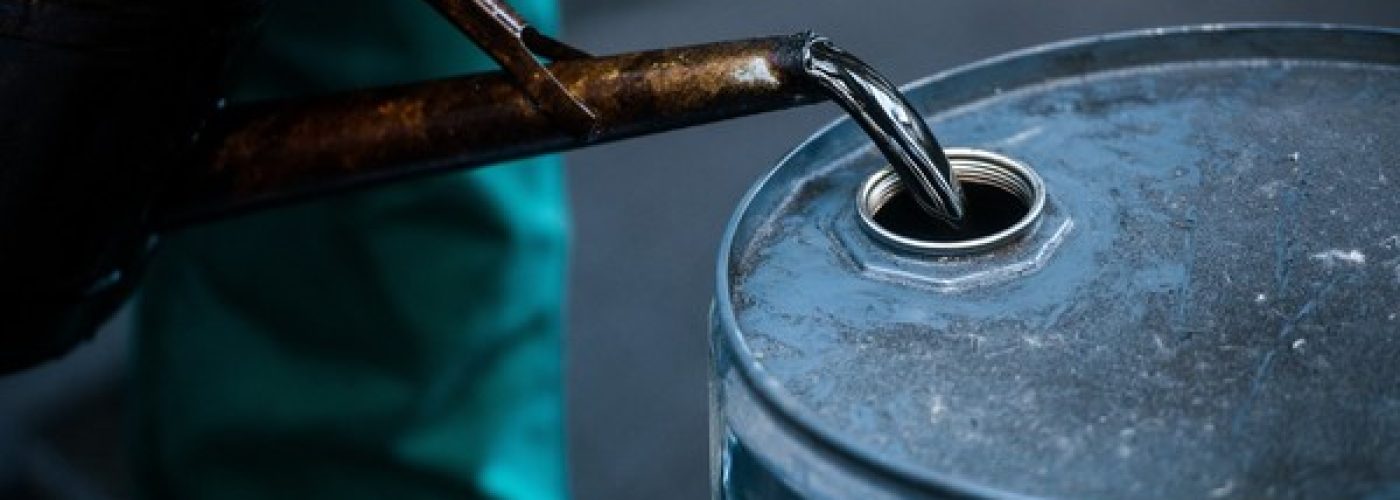

Statoil has made its flagship oil project in Norway’s North Sea profitable at less than $25 a barrel after slashing costs and lifting production forecasts.
The move will be closely watched by the energy industry which is trying to adapt to lower prices.
The Johan Sverdrup discovery, Norway’s biggest in 30 years, has benefited from the slump in oil prices as government-controlled Statoil has been able to squeeze costs from suppliers.
Eldar Saetre, Statoil’s chief executive, told an industry conference in Stavanger that it had reduced the costs for the initial phase of Johan Sverdrup by a fifth to NKr99bn ($12bn). It has also raised its estimate for output in the first phase from 315,000-380,000 barrels a day to 440,000 with production due to start at the end of 2019.
“Now the break-even price is under $25 a barrel — oh, God, that is an impressive achievement,” Mr Saetre said, referring to the costs in the first phase.
With the oil price still far short of the more than $100 a barrel it was trading at just over two years ago, energy companies are having to adjust to an era of weaker prices.
Johan Sverdrup, which is estimated to contain up to 3bn barrels of oil equivalents, is seen as crucial to both Norway and Statoil coming out of the current slump in oil investments after prices more than halved in recent years. At its peak, Johan Sverdrup should account for a quarter of all Norwegian oil and gas production and is estimated to last 50 years, producing NKr1.35tn in revenue.
Many oil companies, including Statoil, are hoping that the Norwegian Arctic will prove to be the next big frontier for petroleum, but even with oil prices at about $50 per barrel, as currently, the region is widely seen as unprofitable.
But Johan Sverdrup is a different matter, with Statoil also reducing its cost estimate for the full-field development. This is now expected to be NKr140bn-NKr170bn, down from the NKr170bn-NKr220bn seen last year, giving a full-field break-even level of under $30 per barrel. Full-field production is expected to start in 2022 and involve 550,000-650,000 barrels per day.
Statoil is not the only company to benefit from Johan Sverdrup, even though, as the operator with a 40 per cent stake, it has the biggest share. Lundin Petroleum, the Swedish independent oil company behind the Johan Sverdrup discovery, is the second-biggest partner with a 22.6 per cent stake.
“It has been my long-held view that this world-class project will continue to show improvements from a resource, cost and value perspective as time progresses,” said Alex Schneiter, chief executive of Lundin.
“We are now seeing the results of good co-operation between Statoil, its partners and suppliers. We are strongly reducing investment costs, and we are increasing the process capacity, resource estimate and value of the field. Johan Sverdrup is a world-class project, and we want to create high value for the owners and society for generations,” said Mr Saetre.
Shares in Statoil were flat on Monday, while those in Lundin rose 2 per cent. Petoro, the Norwegian state-owned group, Det norskeoljeselskap, and Maersk Oil are the other partners in Johan Sverdrup.
Copyright The Financial Times Limited 2016. You may share using our article tools.
Please don’t cut articles from FT.com and redistribute by email or post to the web.





